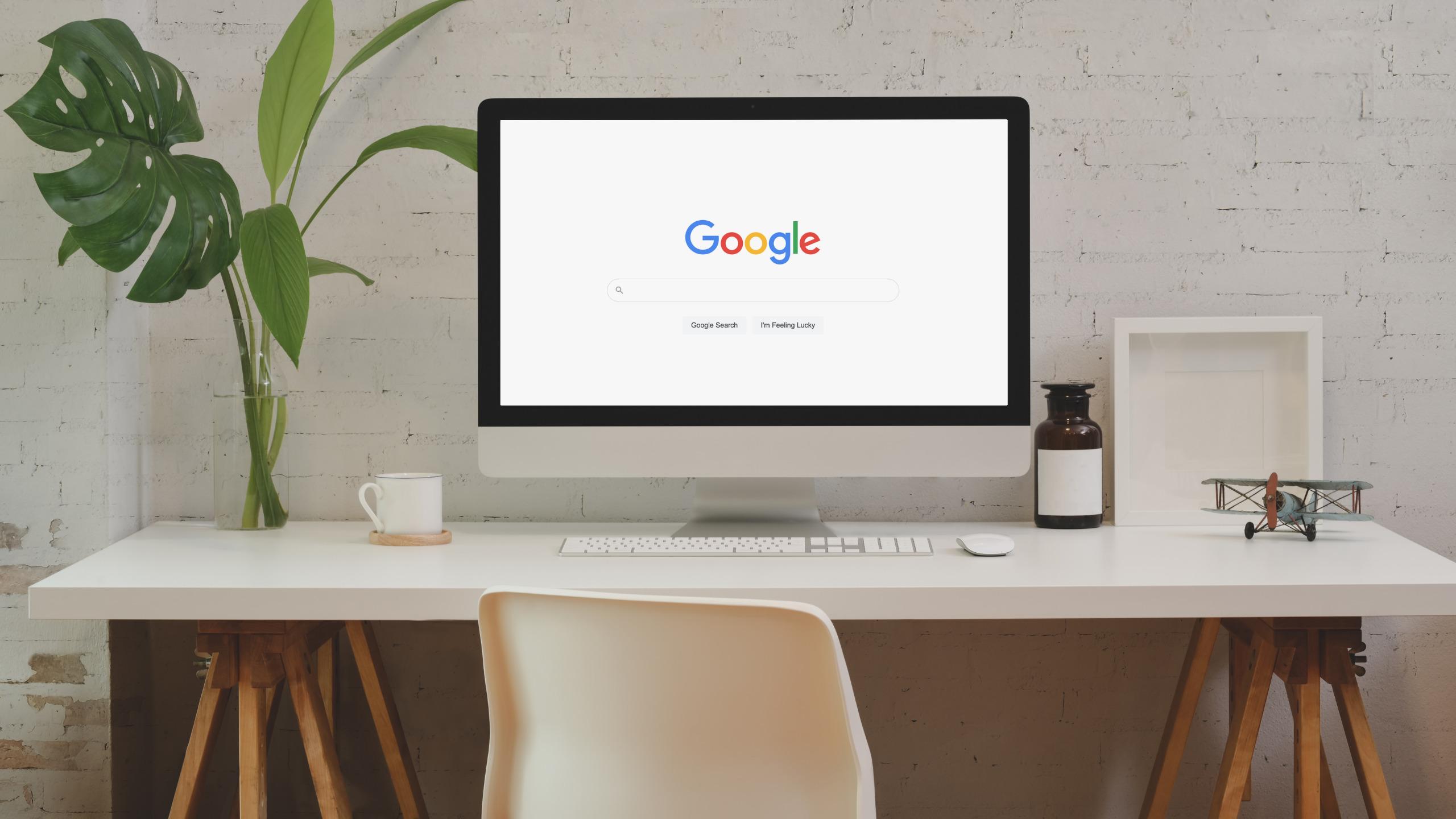How to do SEO for Free | Guide for a Small Business Owner
62% of consumers ignore a business if they can’t find it online, but taking care of SEO basics will help you win the game.
We know that SEO might sound too complicated. But the good news is that you don’t have to be an SEO professional to do it yourself. The surprising fact is that 93% of online experiences begin with a search engine and those business owners who ignore SEO optimization skip many organic sales opportunities.
Continue reading if you are looking to get started with SEO because in this guide we will walk you through all the necessary steps to maximize the visibility and ranking of your website.
What the heck is that SEO?
SEO, or Search Engine Optimization, is basically an activity where the end result is a generation of free organic traffic to your website from a search engine. It is a complex process and you need to understand what parts it consists of to have a clear idea of what you will have to work on.
For Small Businesses the basic SEO will include:
- Website;
- On-page SEO to make it visible;
- The Content you’re providing;
- Built Authority via relevant business listings and link building.
Now, let’s figure all those basics one by one. We promise to make it clear and simple.
Website
What’s the point in investing money in a website that no one notices?
That is why we want to share with you tips and tricks so you could quickly optimize your site yourself.
Before you even start with SEO you have to make sure your website has been indexed by Google and therefore is visible for users.
There are two ways to check it.
The first option assumes you have a Google Search Console already installed on your website. This free instrument lets you check indexing status as well as optimize your website’s visibility. Click on Coverage and you will see the number of your valid pages indexed by Google. In the best-case scenario, this number should be equal to the total quantity of your website’s pages.

The second and also the free option is to check whether you are indexed is to go directly to Google.com and type in site:nameofyourwebsite.com

The rule of thumb here is that when Google returns at least one result, your website has been indexed and we can go on with its optimization.
Returned zero results? Check this beginner’s guide to fix it.
53.62% of all website traffic was generated with mobile devices in 2020 and this number will keep increasing. That is why the second thing that you have to do is to check whether your site is mobile-friendly. Mobile-Friendly Test tool by Google will do this job for you in seconds.

In case your website appeared not to be mobile-friendly, it won’t cost you a fortune to hire a CSS freelancer to fix this issue for you.
Now, when we have everything set, let’s dive into the Search Engine Optimization of your website.
Let it be easy to use your website
When it comes to website SEO it is important to keep it simple and coherent. Don’t try to invent new placements for your site’s navigation, contact info, etc.
The best way to check whether your website’s structure is the best it can be imaging you’re clicking on your pages as a totally new user. What information do you want to expect and where, what blocks it should include, will pop-ups irritate you and where they don’t, what things will make you want to buy, and so on. It might be easier to use Slickplan Tool to plan every detail of your website’s structure.
Don’t ignore on-page SEO
Everything matters. All the titles, meta descriptions you are providing, the density of keywords on each page, as well as the overall speed of your website, play a huge role.
Note that having a unique title and meta description is not enough, you have to be sure that all those parameters fit in the general rules:
- Include your main keywords;
- Be the exact length Google is expecting them to be.
In order to check your current status, we highly recommend using our free On-Page SEO Checker Tool. The purpose of this instrument is to help people improve their on-page SEO and be aware of what issues to fix.

It enables you to check factors like Title, Headings, Meta-tags, Content, Images, Code, Performance, and URL in order to provide you with points for each with valuable pieces of advice on how to improve your score.

Also, after submitting, you can extend each block to see specific SEO advice.
When you know exactly what to work on, it is much easier to start optimizing. Internet is full of free tools to help you with specific tasks. For example, check out SERPsim to generate the most accurate SERP (Search Engine Result Page) snippets.

Just enter your URL in the first field and hit FETCH.
Content is really a King
Still wondering why everybody is so crazy about those keywords? Give us a minute and you will be too!
Everything on Google is about keywords. If you don’t use relevant keywords everywhere you can, you’re losing opportunities.
This is because Search Engines are using specific algorithms to constantly scan the content on websites. This is how they understand if that site or page is worth displaying as a result for a particular query. That is why you have to do your job researching what your target audience is looking for in order to provide them with the answers they need.
Because the more people are clicking on your website and stay there for a while (as the information you provide should really worth it), the easier it is for Google to understand that your page should be ranked higher and shown to the greater amount of audience. That is why if the content is not well-optimized it is unlikely to be shown to a lot of people.
Content Optimization Tips:
- As a general rule of thumb, each page on your website must contain at least 100-200 words;
- Don’t ignore headings. Basically, you must have one H1 tag on every page and H2-H6 tags everywhere they fit;
- Use relevant keywords, but don’t get fanatical about them;
- It’s often hard to rank for more general keywords that have so much content around them. Opt for long-tail keywords instead. These are not as broad and therefore have less competition;
- Mind Search Intent of your potential visitors. In other words, you need to understand your audience, the real meaning behind the keywords they’re using;
- Focus on LSI (Latent Semantic Indexing). These are words and phrases with a high correlation to your target topic. It will help you rank higher as Google’s algorithm uses LSI to define the quality of your content in order to show users exactly what they were looking for;
- Mind your spelling and grammar.
Build authority around your brand
There are a number of factors that tell Google that your website is worth users’ attention. You may have perfect on-page SEO and well-written content, but if there are other pages listing you or referring to you, it means your site is truly trustworthy.
Google My Business would be an ideal way to start. When users are searching for something local, the main part of the query will be dedicated to “map pack”, followed by organic listings.
That is why it is the number one place you have the possibility to beat your competitors by adding your business to Google My Business listings.

Google My Business will be a nice start, but you have to keep going. Use Moz Local to find big directories to add your website to them or research any local listings on the web yourself. This way you will increase the authoritativeness of your website for higher rankings.
Apart from listings, you might just ask your clients and partners to link to your website. According to Google, backlinks are one of the top three most important ranking factors so it is definitely something you should work on.
If you’d like to dive deeper into link building, check out Link Building Guide by Backlinko and read our recent article on the best Link Building Tactics from the international SEO expert.
Conclusion
SEO isn’t as complicated as you would think.
In fact, those basic steps, we have covered in this article, will be more than enough to put you ahead of the competition. Keep in mind that it isn’t a shame to lack a piece of knowledge in something, but to keep ignoring trends and opportunities to thrive.
We hope you found this article useful and its implementation will help you begin your successful SEO journey.











